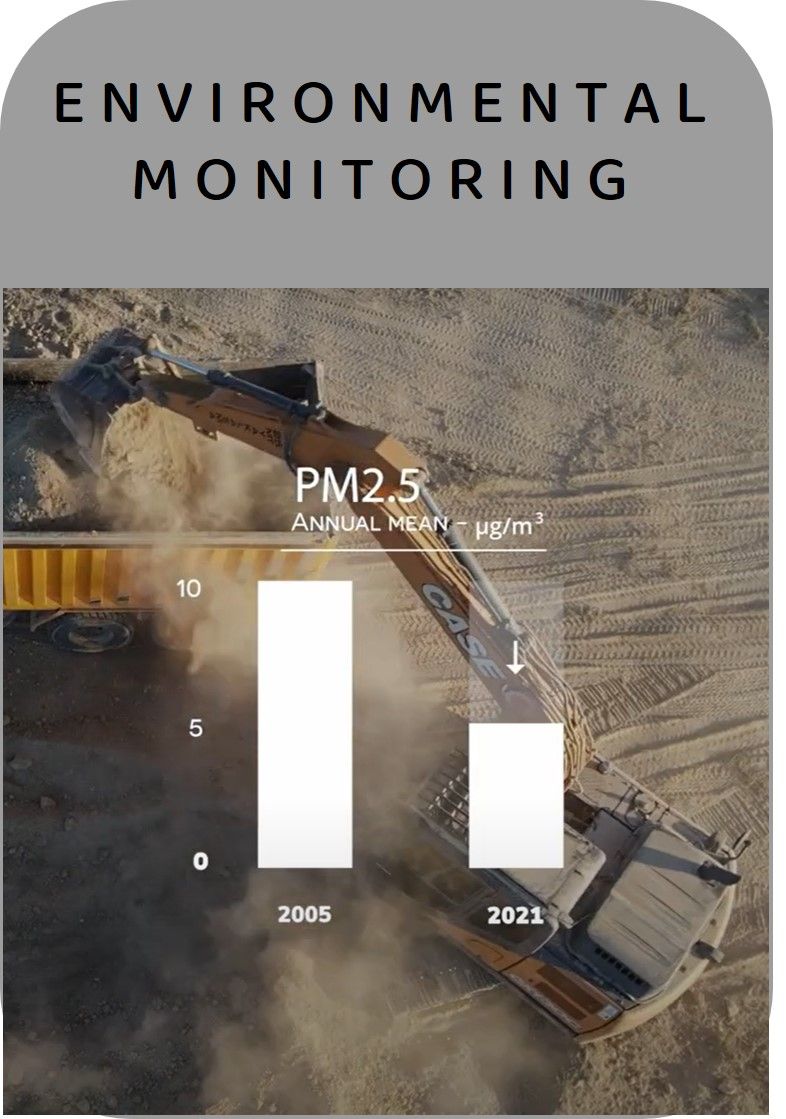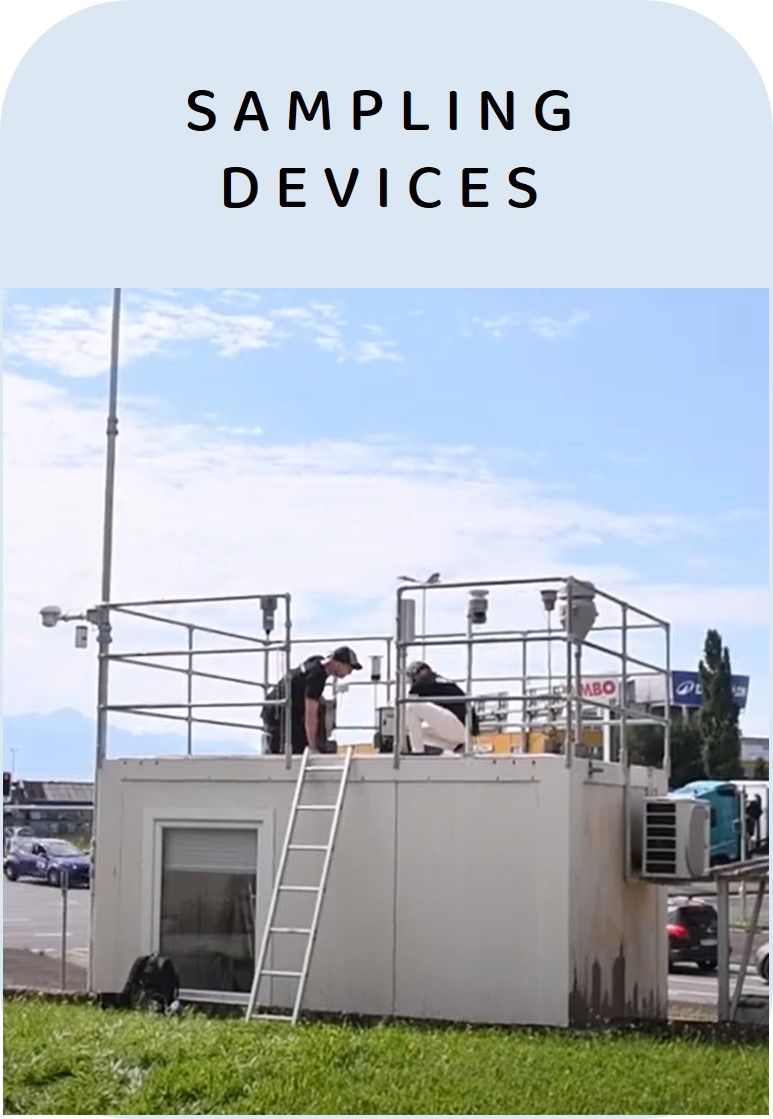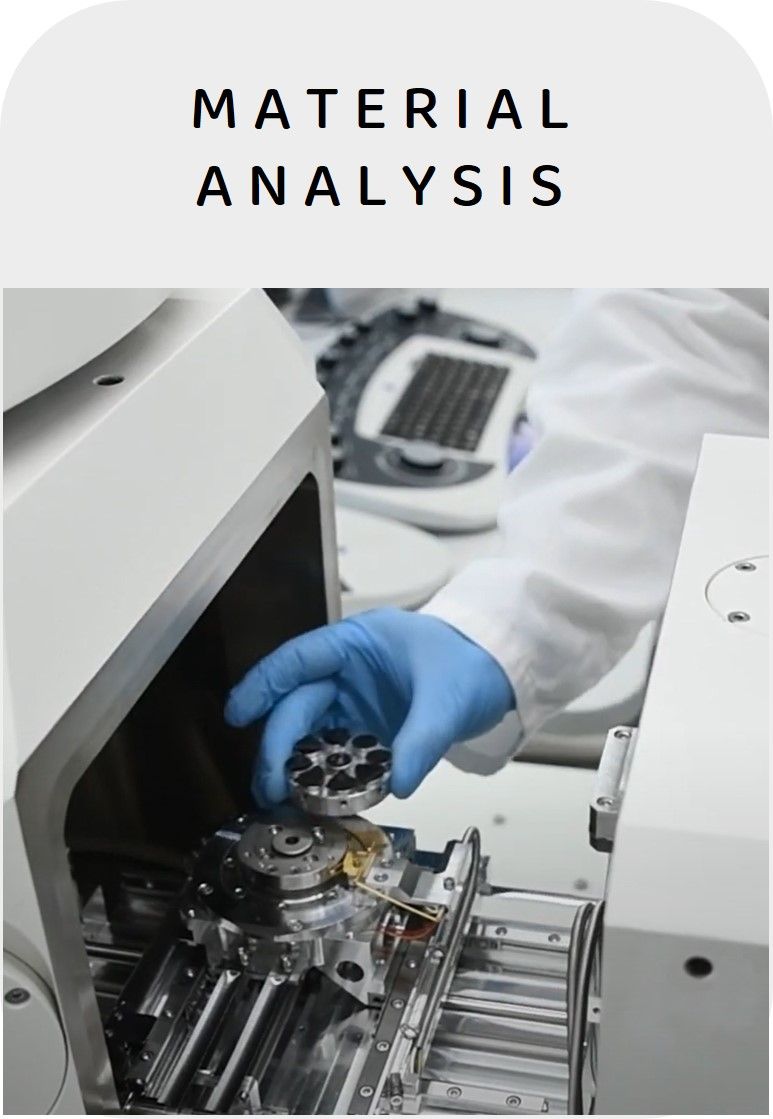DECODING NON-EXHAUST TRAFFIC EMISSIONS - FROM ROAD TO RUNWAY
Identifying and quantifying fine non-exhaust particles from mobility-related sources: tires, brakes, road dust, rail, ports, and airports.
WHY IT MATTERS
Non-exhaust emissions (NEE) from raffic-related sources remain one of the most complex challenges to quantify and manage. Emissions from diverse sources —tire and brake wear, rail and road abrasion, among other— often overlap and interact with urban and industrial backgrounds. Particle Vision helps isolate and identify these contributions through advanced source-specific analysis.
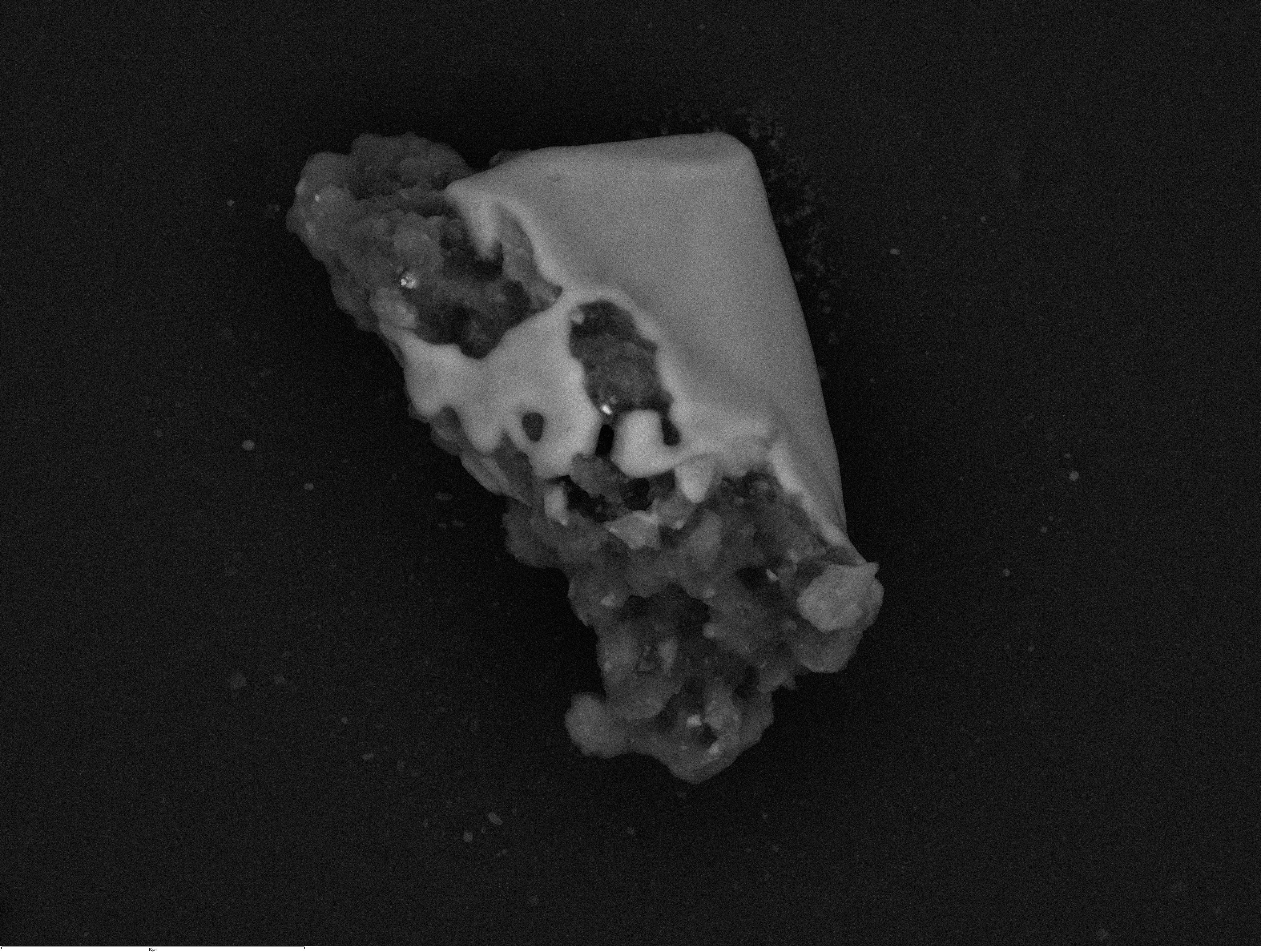
SOURCES WE DIFFERENTIATE
🔧 Road Traffic
Tire & brake wear, road dust
We identify and quantify key non-exhaust emissions from road traffic—including particles from tire and brake wear—along with resuspended dust from traffic flow.
🚆 Railways
Metal abrasion from wheels and tracks
Rail transport generates fine metal particles through mechanical wear. Our analysis differentiates these emissions from other sources.
⚓ Shipping & Ports
Dust from cargo handling and infrastructure wear
Operations such as loading and unloading at ports release particulate matter locally. We help clarify their contribution in complex coastal or logistics environments.
✈ Airports & Aircraft
Non-exhaust emissions from aviation ground traffic
Aircraft landings, taxiing, and support vehicles produce emissions similar to road traffic. We help getting a clearer of their contribution.
USE CASES
Urban areas often have overlapping emission sources. We distinguish traffic-related particles—like tire and brake wear or road dust—from other contributors, enabling precise source attribution and better-informed urban planning.
Our data supports environmental authorities and planners in verifying whether traffic emissions comply with air quality regulations—especially in sensitive zones or near high-traffic infrastructure projects.
When construction, mobility initiatives, or road expansions raise public concern, we provide clear, source-specific data to help municipalities, developers, and citizens align on facts and solutions.
We enhance or cross-check the results of existing monitoring stations by identifying the physical and chemical fingerprint of traffic particles—offering a level of granularity that traditional methods often miss.
OUR APPROACH
We select the analytical approach best suited to your specific challenge—whether it’s bulk analysis, single-particle analysis, or a tailored combination of both. Our goal is always to deliver the clearest, most actionable results.
Our proprietary ASPA MC2® methodology combines:
-
Targeted Sampling
at critical exposure points, depending on the source and context. -
Automated Analysis of Thousands of Particles
using high-resolution methods to determine particle morphology and elemental composition. -
Machine-Learning Classification
to compare each particle’s fingerprint against validated source libraries. -
Source Attribution & Reporting
providing decision-ready insights tailored to technical, legal, or policy needs.
WHY CHOOSE PARTICLE VISION
🔬 Advanced Particle Fingerprinting for Traffic Pollutants
Our technology goes beyond basic PM monitoring. We identify and differentiate traffic-specific particles—such as tire and brake wear, road abrasion and marking—based on their unique morpho-chemical signatures. This enables targeted, source-specific action.
🧑🏫 Scientific Methods Co-Developed with Leading Institutions
Our methodologies were developed and validated through collaboration with renowned public agencies and academic partners across Europe. This ensures that our data and approach meet the highest standards of scientific credibility.
🧭 Independent and Vendor-Neutral
We offer unbiased, third-party analysis. As we are not tied to product vendors or engineering firms, you can trust that our results are objective and focused solely on environmental insight and impact.
🤝 Experience in Sensitive, Multi-Stakeholder Contexts
We have a strong track record working in environments where multiple actors—governments, industry, NGOs, and the public—intersect. Our clear, evidence-based reporting builds trust and helps mediate complex discussions.
📊 Actionable Data for Technical and Policy Decisions
We don’t just deliver numbers. We translate complex particle analysis into insights you can use—whether it’s to shape environmental policy, design mitigation plans, or justify investments in cleaner infrastructure.
CUSTOMERS AND PARTNERS

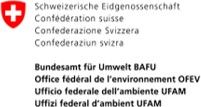



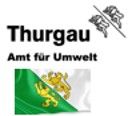




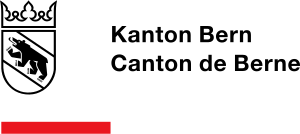

LET'S WORK TOGETHER
CONTACT US
Do you have questions about how we can help you? Don’t hesitate to get in touch.
📞 Phone: +41 76 513 70 30
📧 E-mail:
Or fill out our form and we’ll get back to you shortly:
